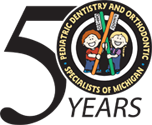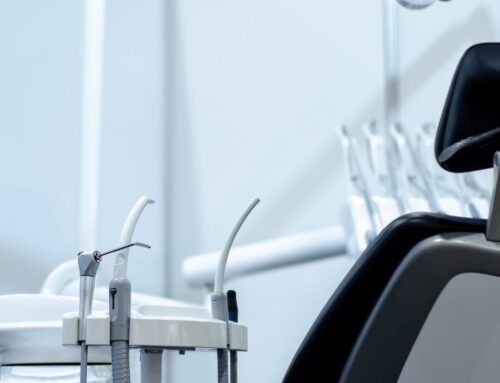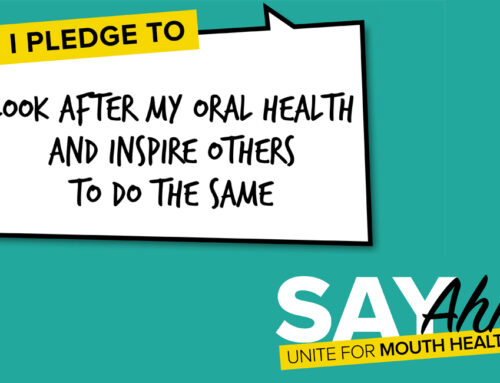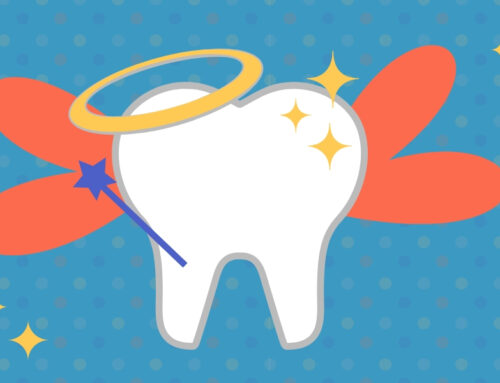At one point in your life, you probably were guilty of grinding your teeth. Whether you were a younger child or a full-blown adult, teeth grinding is an act that is often done without much thought and most commonly subconsciously while we are sleeping. It just sort of happens, and doing it can become a big issue over time.
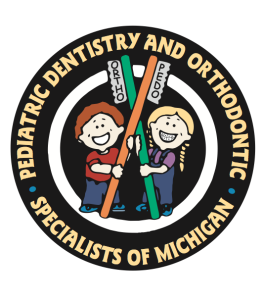 Teeth grinding is also known as bruxism, which refers to when individuals grind, gnash or clench their teeth. Clenching is when the top and bottom sets of teeth are tightly held together, while grinding is when the top and bottom teeth go left to right, back and forth.
Teeth grinding is also known as bruxism, which refers to when individuals grind, gnash or clench their teeth. Clenching is when the top and bottom sets of teeth are tightly held together, while grinding is when the top and bottom teeth go left to right, back and forth.
The Mayo Clinic also references sleep bruxism, which is when bruxism occurs during sleep. It is referred to as a disorder, though, and may be common in people who have other disorders they deal with, such as snoring and sleep apnea.
When someone has bruxism while asleep or awake, there are multiple symptoms by which one can identify the disorder: teeth that are flattened, fractured, chipped or loose; worn tooth enamel exposing deeper layers of your tooth; increased tooth sensitivity; jaw or face pain or soreness; tired or tight jaw muscles; pain that feels like an earache, though it’s actually not a problem with your ear; dull headache originating in the temples; damage from chewing on the inside of your cheek; and indentations on your tongue.
If any or multiple symptoms apply to you or your child, different steps can be taken to address whatever concern exists. First, it is advised for a dental expert to address the concern and develop a treatment plan to decide how to fix the problem. This could include encouraging the use of a splint, custom made retainer or mouth guard, or perhaps orthodontic treatment to better address a problem that will persist.
If the problem is more severe than that, certain therapies could help alleviate pain — including stress management, behavior therapy and biofeedback. Stress management promotes rest and relaxation away from daily stresses, behavior therapy assesses jaw and mouth position, and biofeedback resorts to procedures that help teach about muscle activity in the jaw. There are also medications, such as muscle relaxants and even Botox treatment that may be used for common bruxism.
Whether it’s a major or minor case of bruxism, it is important to address the issue before it gets worse and severely impacts the look of teeth, the position of the jaw, or it leads to the development of TMD (commonly referred to as “TMJ” TMD is a disorder of the temporomandibular (TMJ) joint. We are here to help identify and address these dental problems so you don’t have to ‘grind it’ out yourself.
About Pediatric Dentistry and Orthodontic Specialists of Michigan, the offices of Drs. Delaney, Plunkett, Ralstrom, Makowski, Thanasas, Ker, and Associates
Pediatric Dentistry and Orthodontic Specialists of Michigan has specialized in high-quality pediatric dentistry and orthodontic care since 1968. Our family-friendly office gives patients and families a more comfortable and consistent experience with dentistry from the very beginning. Our pediatric dentists treat children from newborn to 18 years of age while our orthodontists provide care for both children and adults. Our orthodontists are also proud to be recognized as an Invisalign Preferred Providers. Our doctors have the ability to treat all patients, including those with special needs, in our office equipped with treatment rooms available for children who require additional privacy. Valued hospital affiliations allow dental services to be performed at DMC Children’s Hospital when needed.
Pediatric Dentistry and Orthodontic Specialists of Michigan
39400 Garfield Rd., Suite 200
Clinton Township, MI 48038
586-286-0700
www.mychildsteeth.com
[email protected]
